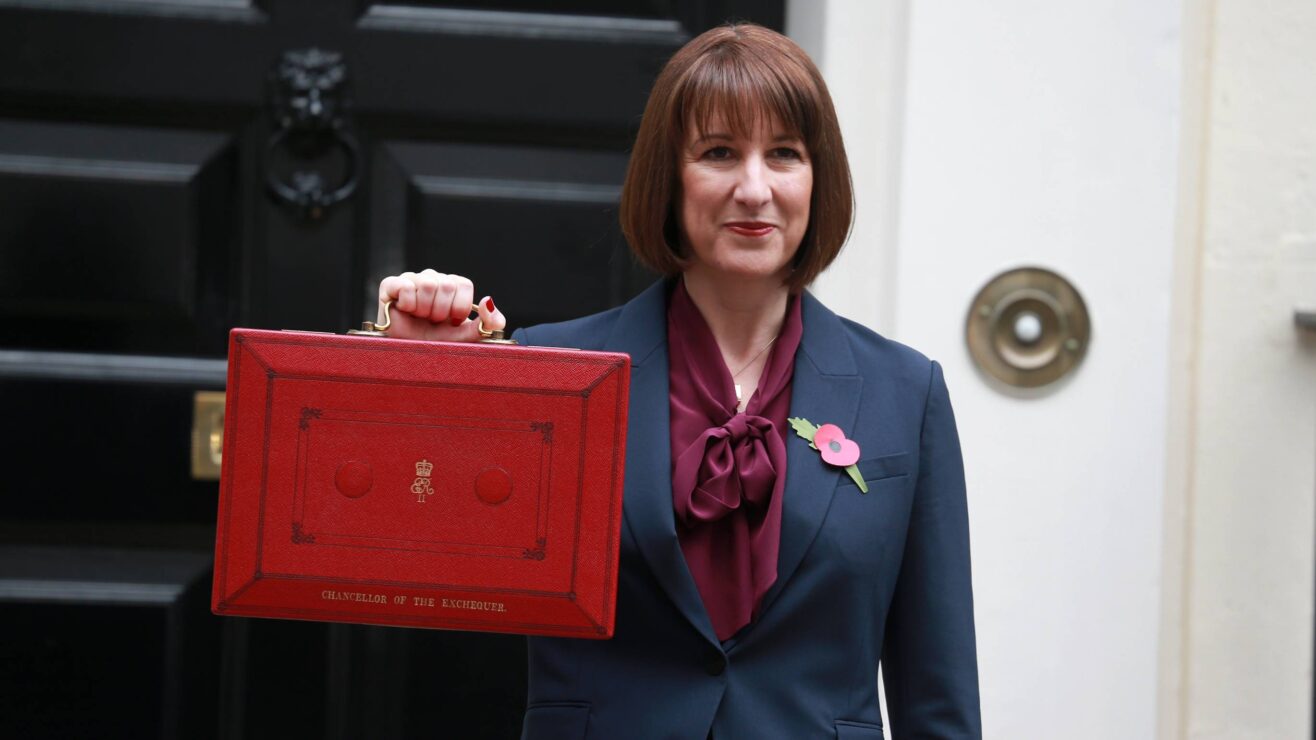It’s 455 days and two university ministers since the Knowledge Exchange Framework (KEF) was first announced but today sees the release of a KEF consultation document setting out proposals for how it will work.
The challenge facing KEF is that knowledge exchange covers an extremely diverse range of activities across the sector, with performance typically aligning with different institutional missions. In a bid to avoid comparing apples with oranges and creating an inappropriate single measure of success, KEF will create institutional clusters for benchmarking purposes.
KEF will aim to provide performance information about knowledge exchange activities that is comparable, benchmarked, and transparent. The hope is that this information will be used internally by English universities for improvement, and externally by businesses and others to help them understand and engage with universities. And of course, funders and regulators will use it to hold universities to account. The key question of whether KEF should be linked to funding will be “revisited” after a pilot ends in April. The overall approach with KEF feels more careful and deliberative than we have become used to.
What’s being proposed?
KEF is an annual, institutional-level, and largely metrics-driven exercise, although narratives will have a role.
Institutions are to be clustered into eight “knowledge exchange peer groups”, following a set conceptual framework and method. Provider performance is benchmarked against the average within their cluster over three years and is equally weighted. Institutional performance isn’t intended to be treated as a form of ranking in itself or to aggregate to a single score. Data will be provided in interactive dashboards with radar charts. All of the key metrics used will apparently come from existing statutory returns, including the Higher Education Business & Community Interaction (HE-BCI) survey and the Higher Education Innovation Fund (HEIF) process, or will be derived through other HESA and UKRI data collections.
KEF groups the smorgasbord of potential knowledge exchange activities into seven equally-weighted “perspectives”:
- Research partnerships
- Working with business
- Working with the public and third sector
- Skills, enterprise and entrepreneurship
- IP and commercialisation
- Local growth and regeneration
- Public and community engagement
Two to four metrics are used for each perspective. Although metrics underpin all seven perspectives, Research England acknowledges the current lack of “fully developed metrics” for the latter two – local growth and regeneration, and public and community engagement – instead suggesting metrics for those two should be “provisional” and that institutions submit a “supplementary narrative” of up to two A4 pages for the pair. These will summarise the strategic goals, activities, outputs and potential outcomes achieved in these two areas. Statements should be factual and verifiable. The utility of narratives for other perspectives is also put to consultation respondents.
Research England will also explore through the pilot how to collect data for the proposed metric “Co-authorship with non-academic partners as a proportion of total outputs”. As the only metric without an identified source, and potentially gameable, it could create a degree of controversy.
Trevor McMillan, of the University of Keele, continues to lead work on the KE Concordat, which aims to complement KEF metrics by focusing on knowledge exchange good practice.
It remains to be seen if devolved funding bodies will make use of KEF, though only English universities can apply to join the pilot.
How did we get here?
You may ask yourself, well … just that, so here’s a handy timeline on the KEF journey so far.
- 12 October 2017 – Jo Johnson introduced the newest framework in town, here was the Wonkhe summary.
- 24 November 2017 – Johnson’s letter to David Sweeney asks Research England to develop KEF, with implementation “to take place in Autumn 2018”.
- 27 November 2017 – The industrial strategy white paper echoes the request of UKRI.
- 1 December 2017 – The late Higher Education Funding Council for England (HEFCE) published a call for evidence to assist the KEF metrics technical advisory group, asking about suitable existing/new metrics, how to make comparisons, and how to present results.
- 19 November 2018 – Research England published three new documents: a summary of KEF call for evidence responses, a KEF cluster analysis report, and a KEF technical note.
You can also see all Wonkhe articles mentioning KEF here.
You can respond to the consultation online by 14 March 2019.












